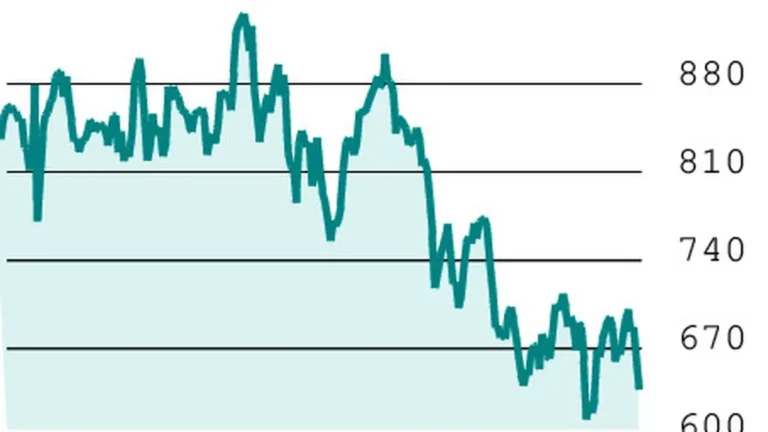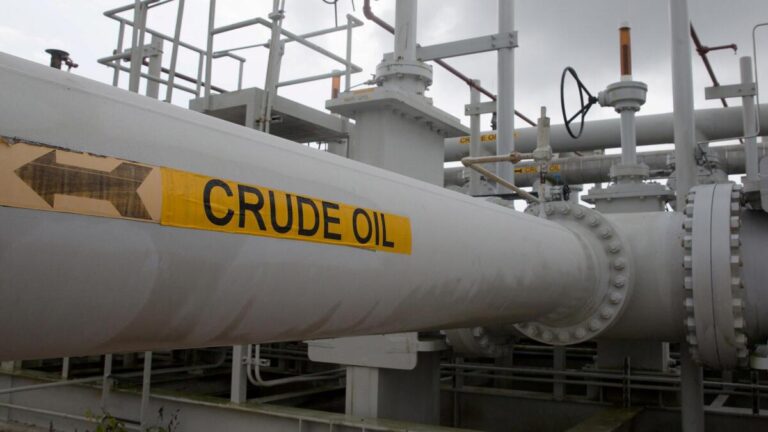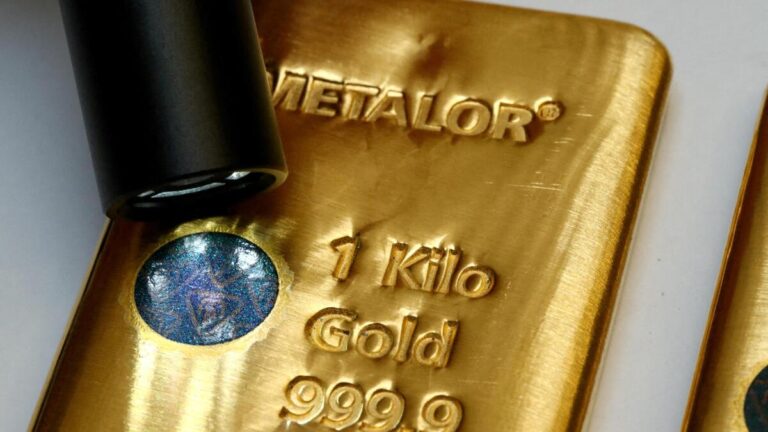Retail inflation, as measured by the Consumer Price Index (CPI), continued its downward trend in April, easing to 3.16 per cent — the lowest level since July 2019 — largely due to a decline in food product prices, the government reported on Tuesday. This represents a further drop from the 3.34 per cent recorded in March.
According to a statement from the Ministry of Statistics and Programme Implementation, the significant easing in both headline and food inflation in April was largely attributable to a dip in the inflation rates of vegetables, pulses and products, fruits, meat and fish, personal-care and effects, and cereals and products.

Food inflation low
Food inflation for April stood at a low 1.78 per cent, reflecting a substantial 91 basis points drop compared to March. This is the lowest food inflation figure since October 2021. Notably, rural areas experienced a sharper decline in headline inflation, falling to 2.92 per cent in April from 3.25 per cent in March. Urban headline inflation also eased, reaching 3.36 per cent in April compared to 3.43 per cent in the previous month. Experts anticipate that the continued low food inflation will keep the headline inflation around the 3 per cent mark in the next 2-3 months. However, caution remains.
Dharmakirti Joshi, Chief Economist at Crisil, said agricultural performance is contingent on the quantum and distribution of rainfall, and that the increasing frequency of heatwaves poses a growing risk to farm productivity and consequently, food inflation, warranting close monitoring.
Barclays projects inflation near 3 per cent in May, resulting in an average CPI of around 3-3.1 per cent for the April-June period, significantly below the Monetary Policy Committee forecast of 3.6 per cent. It expects another rate-cut in June.
More Like This
Published on May 13, 2025














